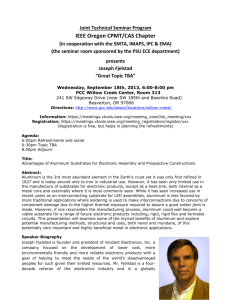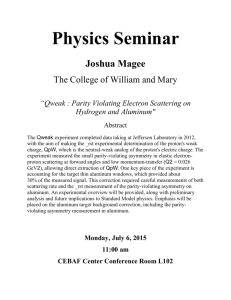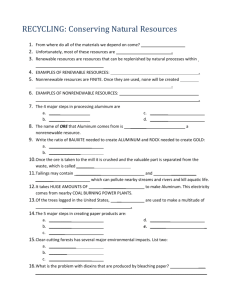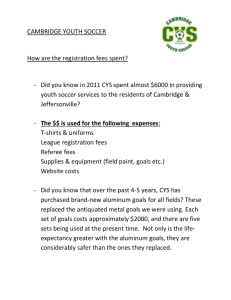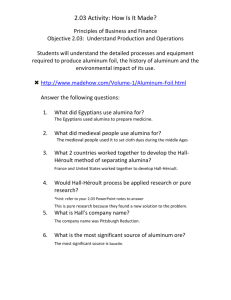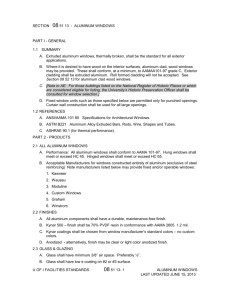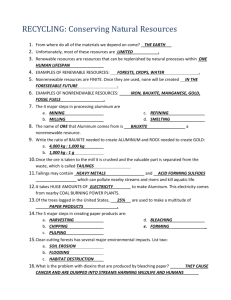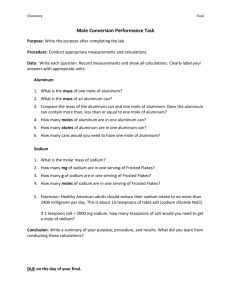Multi-objective retrofit of process supply networks applied to the
advertisement
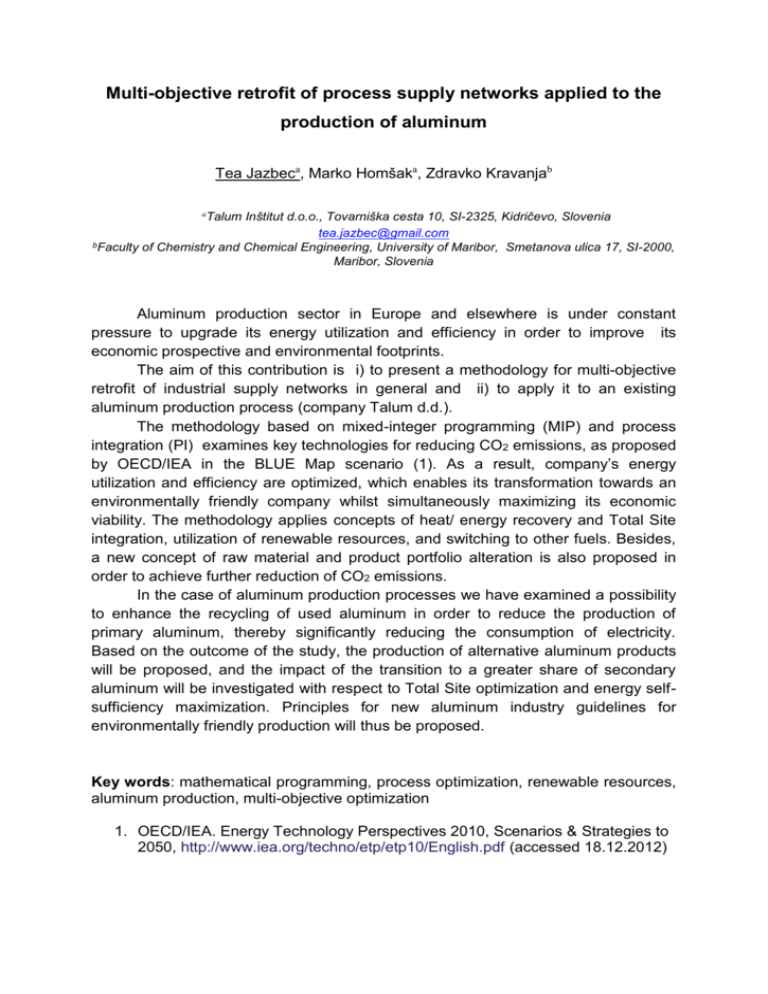
Multi-objective retrofit of process supply networks applied to the production of aluminum Tea Jazbeca, Marko Homšaka, Zdravko Kravanjab Talum Inštitut d.o.o., Tovarniška cesta 10, SI-2325, Kidričevo, Slovenia tea.jazbec@gmail.com bFaculty of Chemistry and Chemical Engineering, University of Maribor, Smetanova ulica 17, SI-2000, Maribor, Slovenia a Aluminum production sector in Europe and elsewhere is under constant pressure to upgrade its energy utilization and efficiency in order to improve its economic prospective and environmental footprints. The aim of this contribution is i) to present a methodology for multi-objective retrofit of industrial supply networks in general and ii) to apply it to an existing aluminum production process (company Talum d.d.). The methodology based on mixed-integer programming (MIP) and process integration (PI) examines key technologies for reducing CO2 emissions, as proposed by OECD/IEA in the BLUE Map scenario (1). As a result, company’s energy utilization and efficiency are optimized, which enables its transformation towards an environmentally friendly company whilst simultaneously maximizing its economic viability. The methodology applies concepts of heat/ energy recovery and Total Site integration, utilization of renewable resources, and switching to other fuels. Besides, a new concept of raw material and product portfolio alteration is also proposed in order to achieve further reduction of CO2 emissions. In the case of aluminum production processes we have examined a possibility to enhance the recycling of used aluminum in order to reduce the production of primary aluminum, thereby significantly reducing the consumption of electricity. Based on the outcome of the study, the production of alternative aluminum products will be proposed, and the impact of the transition to a greater share of secondary aluminum will be investigated with respect to Total Site optimization and energy selfsufficiency maximization. Principles for new aluminum industry guidelines for environmentally friendly production will thus be proposed. Key words: mathematical programming, process optimization, renewable resources, aluminum production, multi-objective optimization 1. OECD/IEA. Energy Technology Perspectives 2010, Scenarios & Strategies to 2050, http://www.iea.org/techno/etp/etp10/English.pdf (accessed 18.12.2012)
